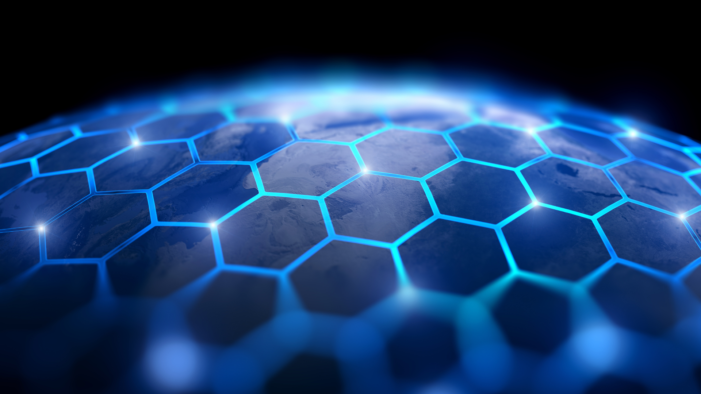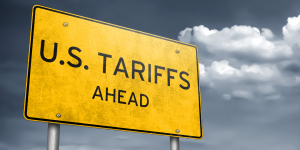ICTpost News Network
India’s internet user base is growing rapidly, driven by increased smartphone usage, affordable data plans, and government-led digital initiatives. As of March 2024, internet subscriptions reached 954 million, according to the Ministry of Communications. Efforts to extend digital services to remote areas are also contributing to this rise, leading to a nationwide surge in data consumption. The rollout of 5G networks has further amplified data usage due to faster speeds, reduced latency, and the ability to connect multiple devices simultaneously.
To enhance internet connectivity and data transfer, India is significantly expanding its undersea cable network by laying new routes. These subsea cables are critical for boosting the country’s internet capacity, improving connectivity, and meeting the growing demand for data. The expansion involves both the introduction of new routes and upgrades to existing ones, which will help decrease latency, improve internet speeds, and provide more reliable connections, especially for data-heavy applications like streaming, cloud computing, and online services.
What Are Subsea Cables and Why Are They Crucial for India?
Subsea cables are long, high-capacity fiber optic cables laid on the seabed between land-based stations to transmit telecommunications signals over vast ocean distances. These cables are the backbone of global internet connectivity, carrying nearly all international data, including voice calls, internet traffic, and digital communications.
Subsea cables can transmit large volumes of data at high speeds, making them essential for supporting India’s fast-growing internet user base and the increasing demand for data-heavy services like video streaming, cloud computing, and online gaming.

By providing direct routes for data transfer, subsea cables reduce the physical distance data must travel, resulting in lower latency and faster communication.
Reduced latency is crucial for real-time applications such as video conferencing, online trading, and interactive gaming. Additionally, these cables have strategic importance for national security, ensuring secure communication and data transmission for government and defense agencies.
How Do Subsea Cables Improve Internet Speed and Latency?
Subsea cables are designed to handle massive amounts of data at high speeds, linking India to major global internet hubs. The more subsea cables connected to a region, the greater the bandwidth available, helping to avoid congestion during peak usage times and ensuring consistently fast internet speeds. By expanding the number of subsea routes, India can diversify its data pathways, reducing bottlenecks and enhancing overall internet performance.
Several key undersea cable projects are either in progress or planned to support the country’s expanding digital infrastructure and growing demand for faster, more reliable internet services. Here are some notable projects:
- India-Asia-Xpress (IAX) and India-Europe-Xpress (IEX)
Reliance Jio is leading these significant submarine cable projects. The IAX system connects India to Singapore and other Asian markets, while the IEX links India to Europe via the Middle East. - 2Africa Pearls
The 2Africa project aims to deliver high-speed, reliable internet connectivity to Africa, Europe, and the Middle East. The 2Africa Pearls extension adds new routes, linking these regions to South Asia, including India, further expanding its reach. This initiative supports India’s ambition to become a global digital hub while enhancing connectivity with Africa, Europe, and the Middle East. - Bay of Bengal Gateway (BBG)
BBG is a submarine communications system that connects India to Southeast Asia and the Middle East. The cable spans from Barka, Oman, to Penang, Malaysia, with landing points in Mumbai and Chennai, Sri Lanka, and Malaysia. - Chennai-Andaman & Nicobar Islands Submarine Cable (CANI)
A domestic submarine cable project by BSNL, CANI connects Chennai to the Andaman and Nicobar Islands over a distance of 2,300 km. It aims to improve internet and telecommunications services in the islands while supporting strategic interests. - India-France Cable (Blue Submarine Cable System)
This project involves laying a submarine cable between India and France, passing through several countries. Developed in partnership with global telecom companies, it aims to enhance international connectivity. - India-Sri Lanka Submarine Cable
India and Sri Lanka are working together on a direct submarine cable link to improve bilateral communication and internet services between the two countries.
India, after G20 presidency, is advocating for better connectivity across the Global South, aiming to integrate developing nations into the global digital economy. By promoting trusted digital infrastructure, India can offer improved terms for connectivity compared to autocratic alternatives, particularly across the Indian Ocean. This would provide access to India’s vast digital market and additional resources, such as remote education and healthcare, strengthening its role in bridging the global digital divide.
Securing and Protecting Subsea Cables
Subsea cables are monitored through satellite surveillance, underwater sensors, and patrols to detect potential threats or damage. Some companies use real-time remote monitoring systems to alert them to disturbances. Data transmitted via subsea cables is often encrypted to protect it from interception and cyberattacks, ensuring secure communication even in the event of interception.
Supporting India’s Growing Data Demand

As Industry 4.0 technologies like automation, AI, and big data analytics become more widespread, high-speed, low-latency connections will be essential. Subsea cables will play a critical role in ensuring India’s digital infrastructure can handle future growth in data traffic while maintaining service quality.
(editor@ictpost.com)








